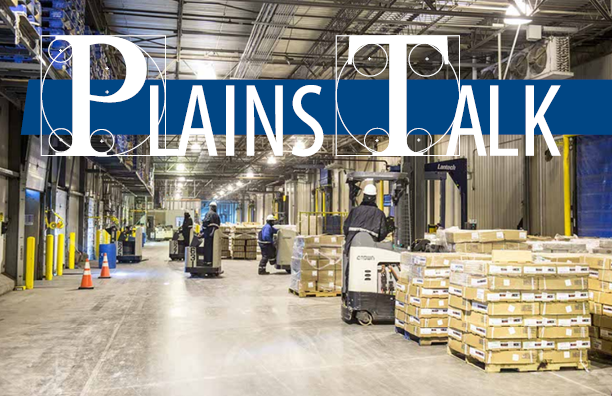Last Spring, many of us became acutely aware of the availability (or lack) of supplies in our local grocery stores, drug stores, and other retailers. The COVID-19 pandemic disrupted the nation’s supply chain for food, medications, and other items we traditionally took for granted in stores. In response, many of us changed our consumption habits. We learned to shop online, pick up curbside, or stock up on goods we worried might become unavailable soon.
As volumes increased, the ability for the existing channels to meet demand became even more challenging, shining a spotlight on our nation’s distribution industry, including cold storage and processing facilities. While many corporations were already looking into replacing outdated regional distribution centers to take advantage of improved technology and building performance, the pandemic accelerated the process. Owners also began looking at adding micro-fulfillment centers to reduce the distance between the product and the end-user. While mega-giants like Amazon have led the headlines for this strategy, the argument for implementing micro-fulfillment cold storage facilities to assure a fresh, safe food product is perhaps even more compelling.
Coming full circle, COVID-19 continues to impact these facilities today as pharmaceutical companies race to produce vaccines, which they then need to store and distribute nationwide.
Whatever the reason, new construction and upgrades for cold storage and processing facilities is expected to continue an upward trend in 2021. In this edition of our COVID-19 Design Impact Series, we’ll talk about our approach to not only designing the mechanical and electrical systems for these projects, but also how we support power generation and distribution, evaluate building efficiency, and assess electrical performance and safety. Click the image to the right to view the full newsletter.
See our COVID-19 MEP Design Response.


